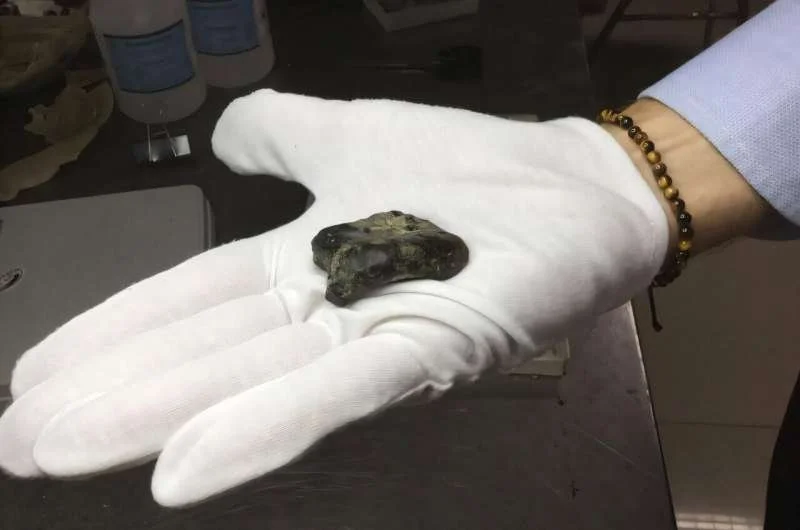The Viking Age (circa 793–1066 CE) was a transformative period in European history, marked by the expansion of Norse explorers, traders, and warriors across vast territories. The impact of Viking exploration, trade, and conquest was far-reaching, influencing political landscapes, economic networks, and cultural exchanges throughout Europe and beyond.
Exploration and Expansion
Viking explorers ventured far beyond their Scandinavian homelands, reaching as far as North America, the Middle East, and Central Asia. They established settlements in Greenland and Vinland (modern-day Newfoundland), proving their advanced seafaring skills. Their longships enabled swift navigation of rivers and coastlines, allowing them to penetrate deep into the heart of Europe, from the British Isles to the Byzantine Empire.
Trade and Economic Influence
Trade was a cornerstone of Viking activity, facilitating exchanges between distant regions. The Norse established trade routes that connected Scandinavia with the Islamic Caliphates, the Frankish Empire, and the Kievan Rus. They traded furs, amber, and iron in exchange for silver, silk, and spices, integrating their economy into a broader global network.
Conquest and Political Impact
Viking raids and military campaigns reshaped European politics. The infamous sack of Lindisfarne in 793 marked the beginning of Viking incursions into England, France, and Ireland. Norse warriors seized land, established strongholds, and even founded new polities, such as the Duchy of Normandy and the Kievan Rus state. Their military prowess and governance strategies influenced medieval European rulers, leading to changes in warfare, law, and administration.
Cultural and Linguistic Legacy
Beyond their military and economic influence, the Vikings left a lasting cultural and linguistic imprint. Old Norse words entered the lexicons of English, French, and Russian, while Viking mythology and sagas continue to inspire literature and historical studies. Their craftsmanship, shipbuilding techniques, and artistic styles remain significant in the study of medieval material culture.
Conclusion
The Viking Age was a dynamic era of exploration, trade, and conquest that helped shape the medieval world. Their interactions with diverse cultures fostered economic growth, political change, and enduring cultural exchanges, securing their legacy as one of history’s most influential seafaring peoples.







